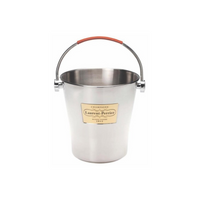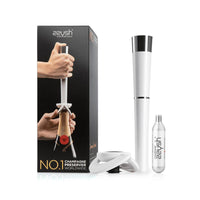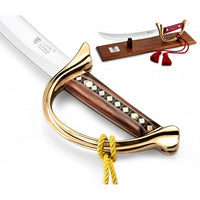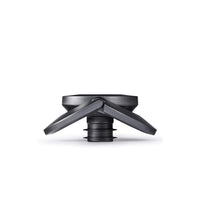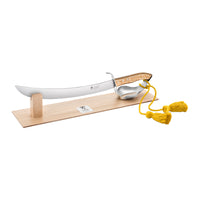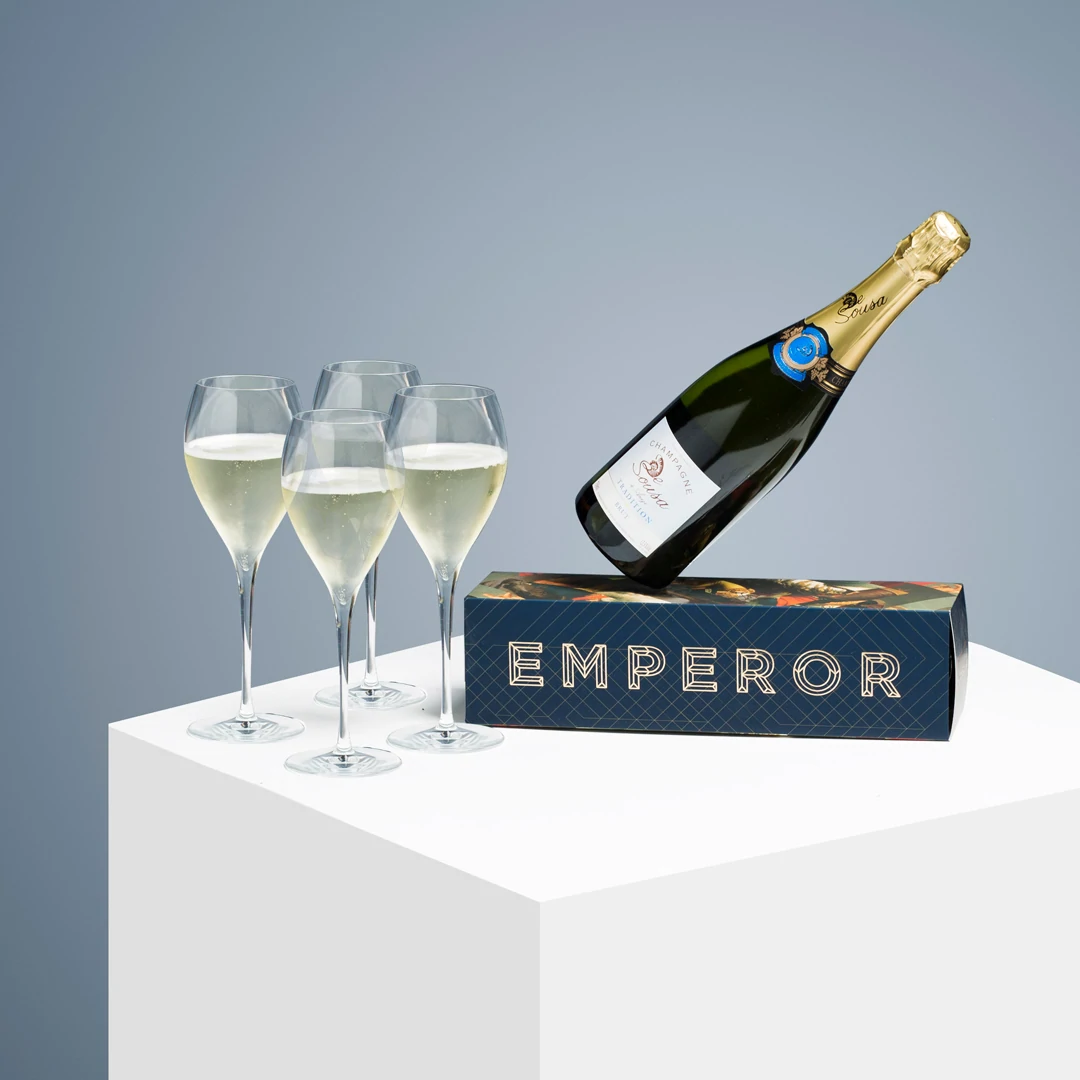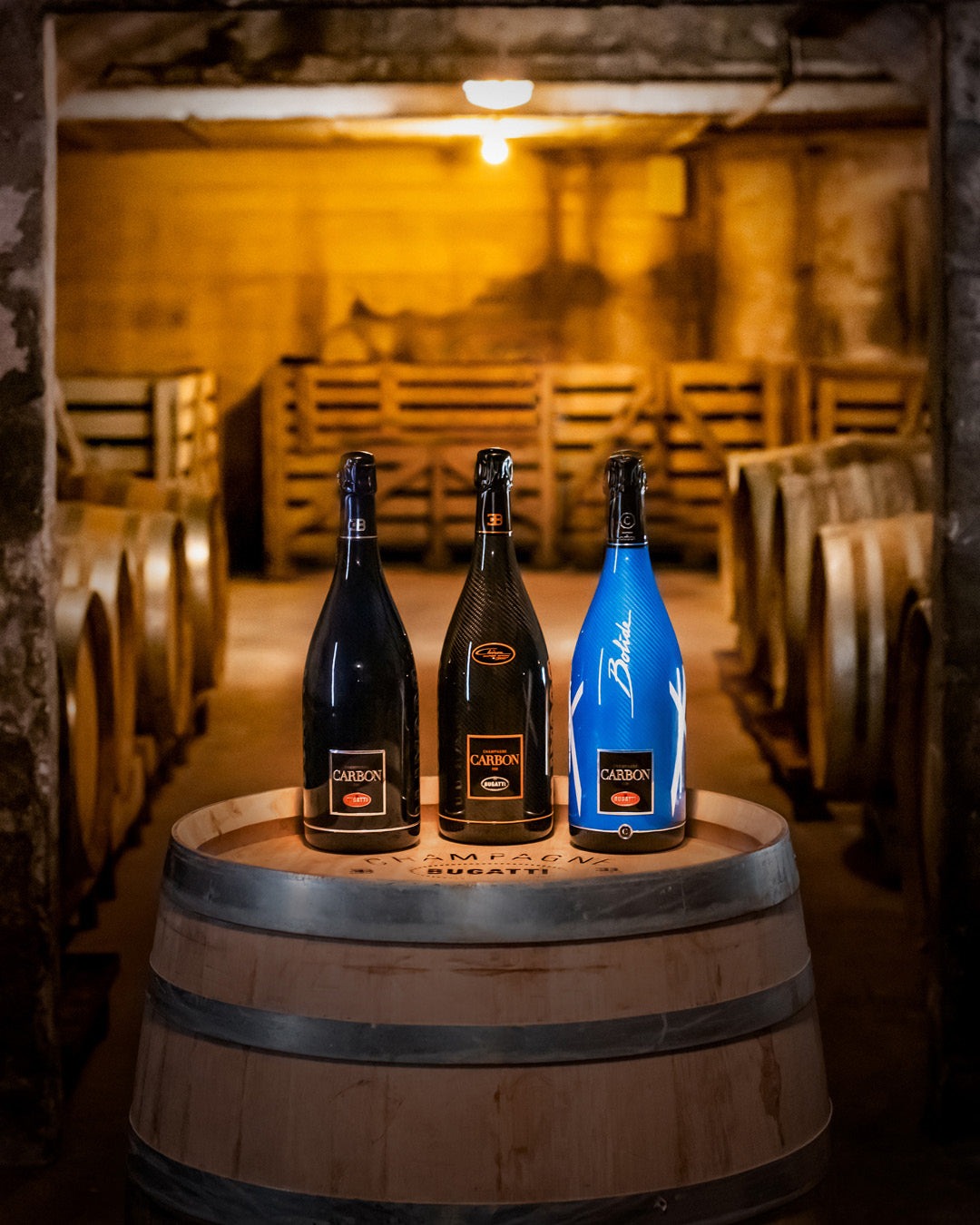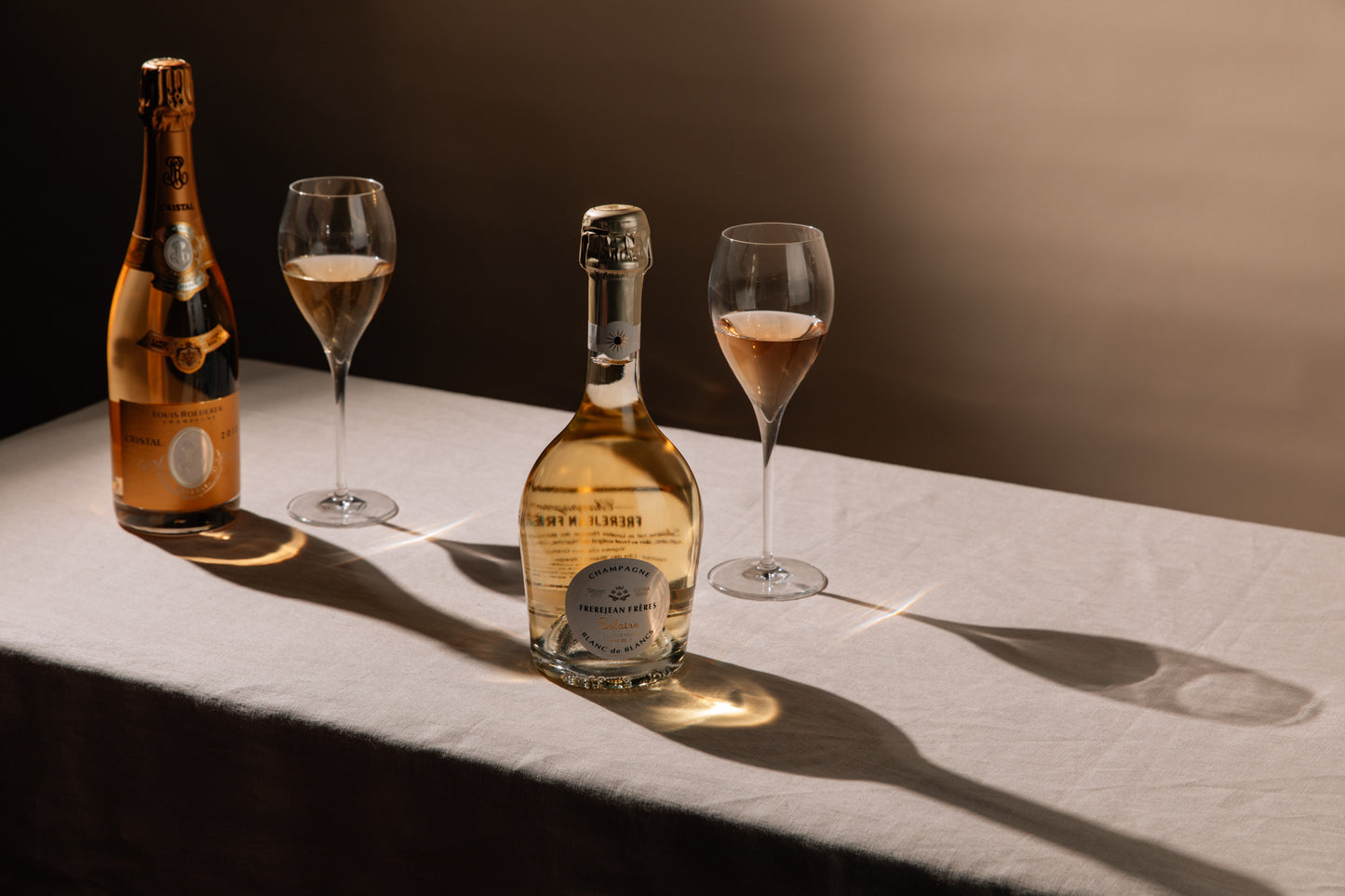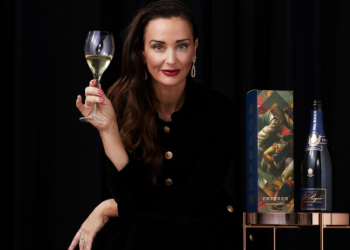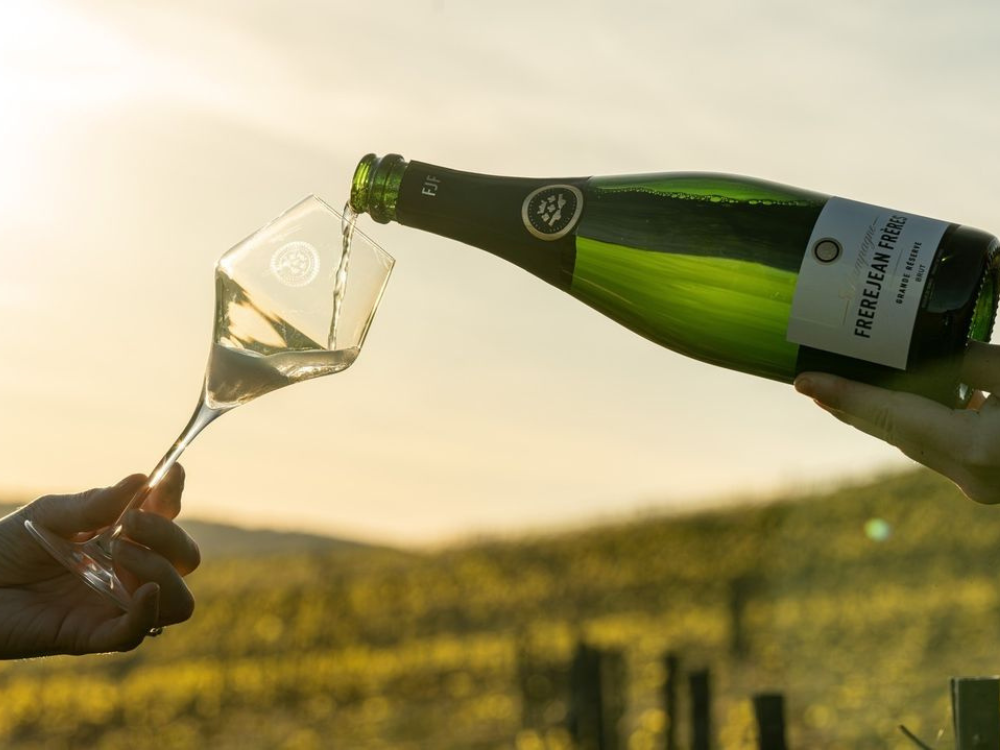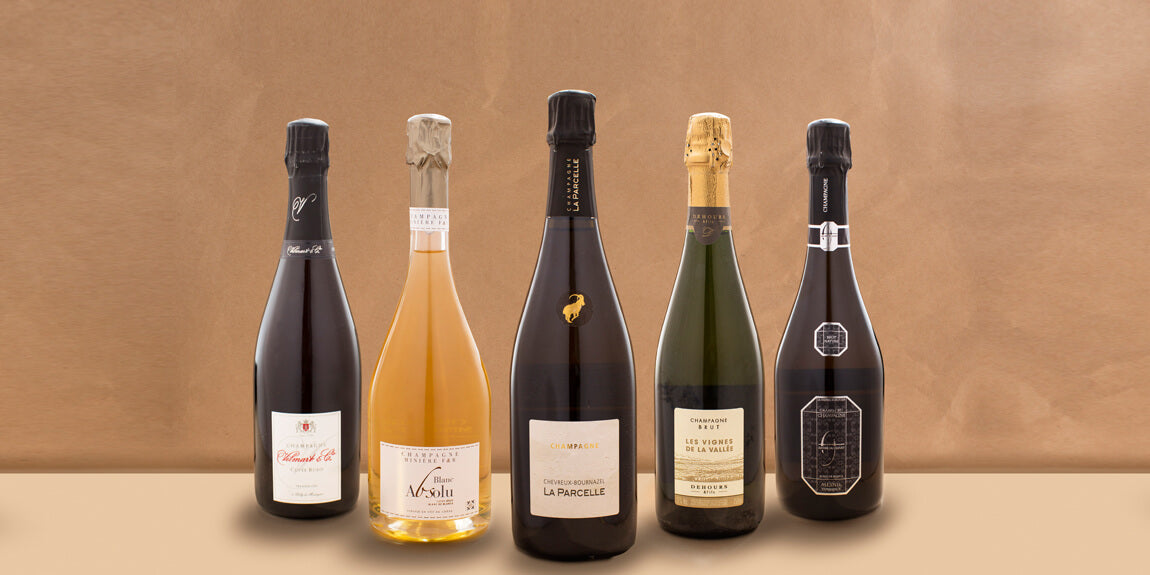
Why we champion oak in champagne
We are living in a time where there is more choice than ever before. The same is true with winemaking with so many - new and old - methods and techniques available for them to trial. The chef de caves (the winemaker in champagne) has numerous choices that they must make from picking dates, using stainless steel, barrel or concrete eggs, to filter or not, to block or allow malo-lactic fermentation, dosage amount, blending, lees ageing time, disgorgement date and many more. Collectively, these affect techniques define what we taste and experience as a style from a particular champagne house.
The majority of producers in Champagne use stainless steel tanks for fermentation and also for ageing of reserve wines as they are easy to manage, clean, climate control and store. Oak barrels take more time, care and energy and are often reserved for the more premium champagnes.
More and more artisanal producers are using oak like Marie Doyard from Andre Jacquart, the brothers Frederic and Rodolphe from F+R Miniere and the more established houses like Bollinger, Henri Giraud, Alfred Gratien, Jacques Selosse and Krug never gave up on oak when many houses moved to stainless steel in the 60s.
The winemaker can choose from several different types of oak, age of barrel and format or size whether it’s barrique (225L), puncheon (300-500L) or Foudres – large oak barrels between 2000-12000 litres) which are usually deployed to hold reserve wines. Once the champagne house has decided to use oak in their winemaking they also need to decide where that timber is going to come from which is generally from another wine house as champenois liked pre-used barrels so we are not imparting a strong oak flavour. The cooper (who made the barrel) and the tightness of grain of the timber on the barrel with also play a role in the influence of the oak with the wine.
The purpose of oak is to introduce micro amounts of oxygen through its grain. Some producers use oak to ferment in and others can use it to age reserve wines in. It’s important to add that these are not new barrels, but used barrels most commonly from neighboring Burgundy. The reason for this is that Champagne producers are not looking for evident oak flavour, but they do want the interchange of oxygen and the richness, texture and body that it brings to the wine.
Marie Doyard says that oak to her is important as it adds weight and mouth-feel to her wines. Eric Lebel, Chef de Caves at Krug uses oak with each unique parcel of grapes. He says, “We vinify them separately and ferment them using barriques. The micro-oxygenation provided by the oak is desirable during this stage, but not during ageing.”
Laurent Champs from Vilmart & Cie says, “I use different oak vessels, both large casks (300 litres and up) and barriques from Damy in Burgundy. I’m looking for a seamless silkiness and a touch of spice – especially for the Grand Cellier range and the Coeur de Cuvée.” Claude Giraud has taken the art of barrel use a step further and understands that the forest of the Argonne is composed of a terroir in the full sense of the term that gives identity to the wine. The main types of Argonne’s soils, which are silex and green clay – give different flavours to the oak. In late 2017, the Henri Giraud house announced that they would be the first champagne houses to move away entirely from the use of stainless steel and have Oak barrels, amphora and concrete eggs as their winemaking vessels going forward. This is a big move and will no doubt influence many more producers as time goes by.
We believe that oak is a great winemaking tool and used conscientiously, can heighten champagne and elevate it to the next flavour and richness level. The resulting wines certainly has an affinity with a wide range of more complex foods.
Discover the allure of barrel and see what these champagnes can offer you.

